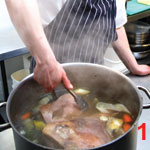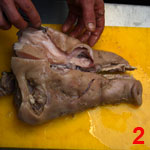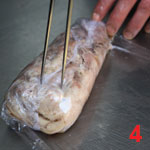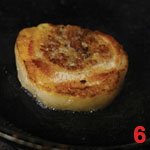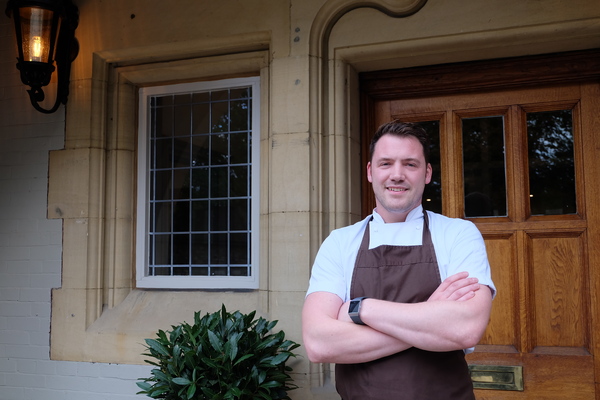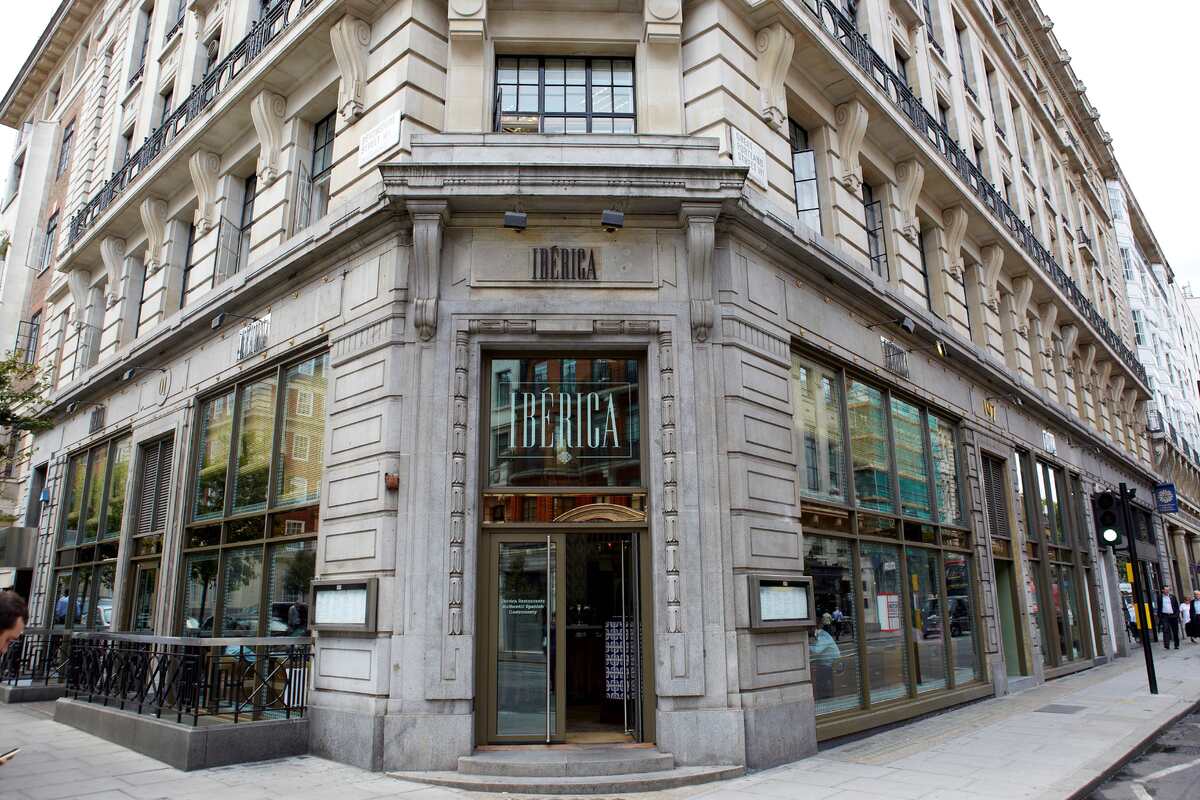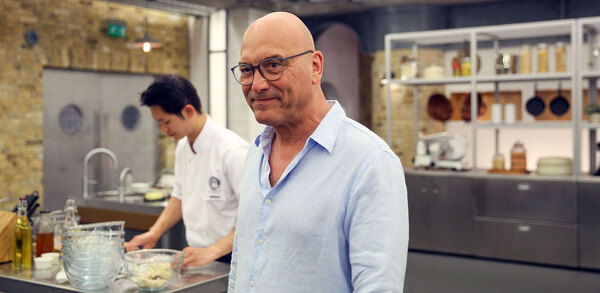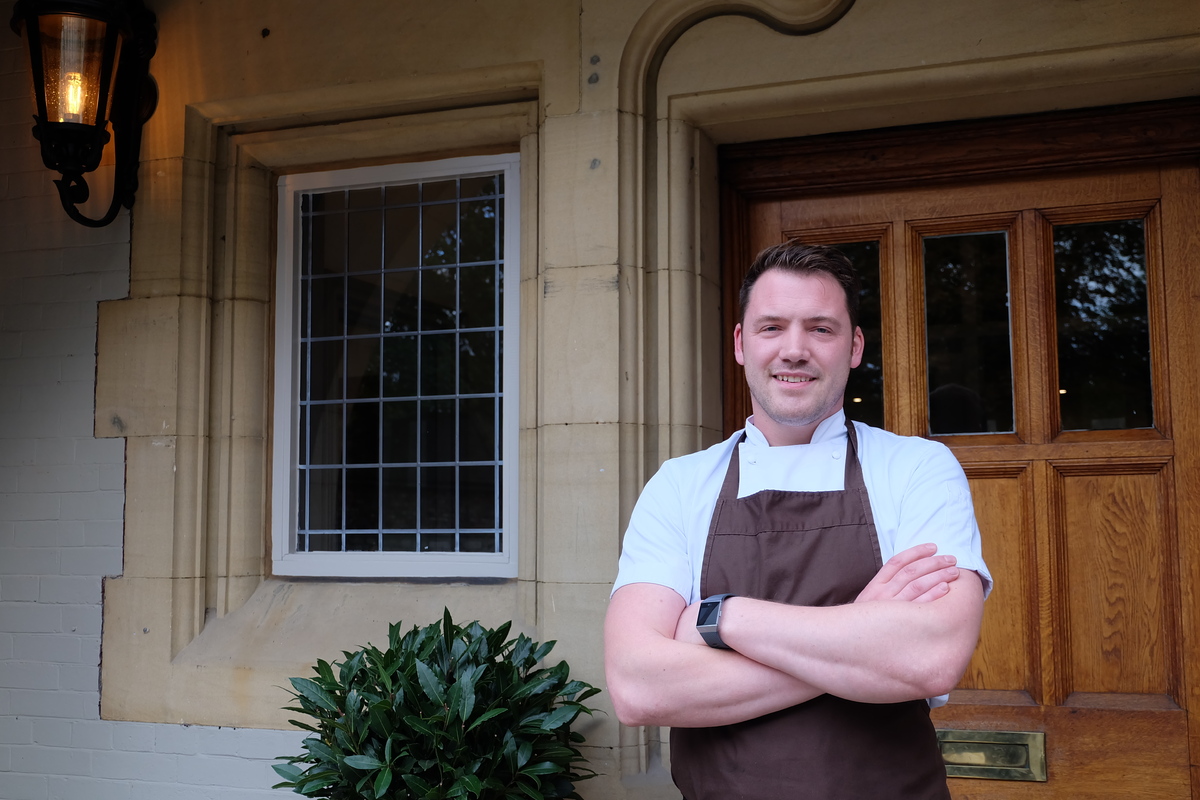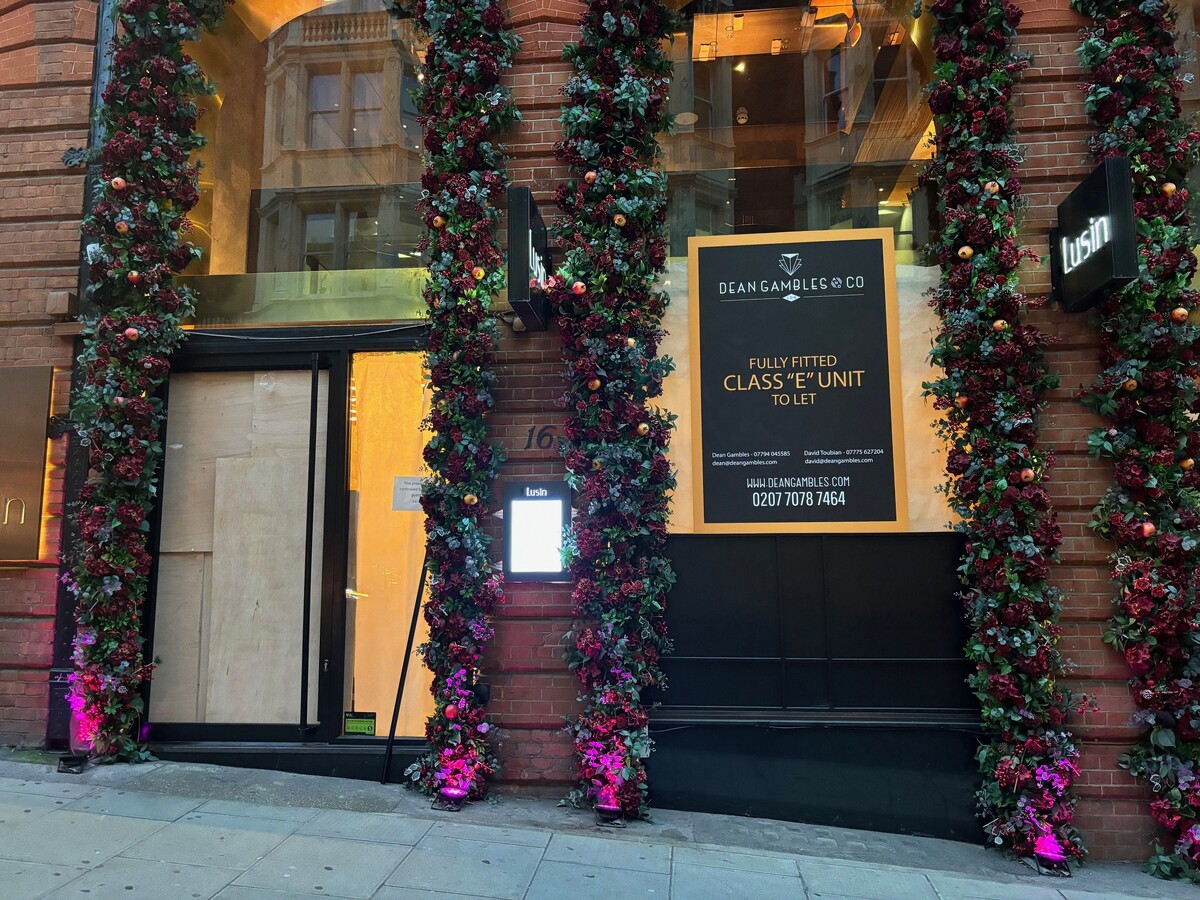Bath chaps – a masterclass
A regional speciality enjoying a revival in the restaurants and pubs of Bath and Bristol, this recipe for Bath chaps has been developed by chef Toby Gritten to make best use of the locally reared pork. Michael Raffael reports
Bath chaps weren't the only meat speciality associated with the Georgian city of Bath. At the turn of the 20th century contemporary guidebooks also boasted of the Bath chine, Bath polony and Bath tripe, now all extinct.
Chaps, the lower half of the pig's cheeks, are the sole survivors - just. When Jane Grigson wrote her influential account of British cookery in the 1980s they were available from only one source, a purveyor of cooked meat in the city's covered market. Its version, coated in breadcrumbs, was cured like ham. It's still sold there today.
The recent "chaps" revival started three years ago in a pub in Clifton, Bristol, called the Albion (Menu of the Year Catey winner in 2006). Here, chefs Toby Gritten and Jake Platt took the basic recipe developed by Grigson from another of her books, Charcuterie and French Pork Cookery, and gave it a new lease of life. Now, Bath chaps in one form or another have spread to other Bath and Bristol restaurants. They can legitimately be described as a regional speciality.
They work for a number of reasons: a competent chef can adapt a simple basic recipe according to his or her own palate, making it more or less spicy it costs very little to make and it marries well with other ingredients in all sorts of dishes ranging from pub lunches to fine dining.
There are two provisos. First, the taste is determined by the quality of the pork that's used. Meat from intensively reared animals doesn't cut it. The second, and related, reason is that pork cheeks are fatty. The fat may contain most of the flavour, but it isn't always popular. Deal with these challenges and Bath chaps are among the most interesting dishes to emerge - or re-emerge - for a long time.
Bath chaps on the menu
Bath chaps can be served hot or cold. Hot, they are rich and can have a high percentage of fat, so it's logical to balance them with lean protein such as the langoustines here or with white fish such as turbot, brill or monkfish. Squid is another possibility.
The Garrick's Head in Bath puts it on the menu with a green sauce.
At the Albion, Clifton, it's sometimes served as a daily special with a poached egg and onion purée.
Cold, it can be sliced thickly or thinly on a machine and added to mixed salads.
Chris Horridge at the Bath Priory offers a delicately seasoned cylinder of lean Bath chap as a taster.
Toby Gritten
Until last summer Toby Gritten and Jake Platt operated as a team at the Albion, Clifton, a multi-award-winning food pub. They are still close friends. Since then, Gritten has taken on his own business, the Pump House, Hotwells, in the heart of Bristol's Harbour Development area.
There is an increasing divide between fine-dining restaurants and the bistro or gastropub. In the former, a team of chefs work to produce a dish. It's a highly regulated approach that Gritten says he would find soul-destroying: "You never see the finished dish. I like to do everything from start to finish."
His modern British cooking is built around carefully sourced regional produce and the use of ingredients that have been overlooked by chefs cooking at the higher end of the market.
Bath chaps with langoustines
Choice of pigs' heads and initial preparation
The traditional Bath chap is cone-shaped, similar to the French jambonneau. Breeds like the Gloucester Old Spot are suitable for this, but a Middle White, with a more compressed face, isn't.
Choose meat from a slowly and extensively reared animal that has good pork flavour and texture. The heads should be in halves. Normally, the tongues and brains will have been removed.
Lean and fat on a Bath chap
A pig's head contains layers of lean and fat. The lean divides into dark muscle and a lighter-coloured white meat, interspaced between outer and inner layers of hard fat. When the meat is sliced the layers are well-defined.
The chef can control how much of the outer layer of fat he leaves on the Bath chap.
Brine
(This is based on Fergus Henderson's recipe from Nose To Tail Eating)
The classic French charcuterie brine uses 11kg of salt and 2kg of sugar per 100 litres of water. For a Bath chap, a sweeter and more concentrated brine gives a better taste. Multiply the proportions as necessary.
Ingredients
800g sugar
1.2kg coarse salt
24 juniper berries, bruised
24 cloves
24 black peppercorns, roughly crushed
8 litres water
Method
Put the ingredients in a pan. Bring to the boil, stirring throughout to dissolve the salt and sugar. Cool, and then pour into a plastic tub or bucket. Store in the coldroom.
Brine the pigs' heads for 3-4 days. They should be completely immersed in the brine throughout.
Boiling the pigs' heads
- Pigs' heads cost about £1.50 each
- Equipment: Allow a 20-litre pan, minimum size for half a head.
Ingredients
20 litres water
500g leeks, chopped
500g onions, halved
500g carrots
1 head garlic, halved
4 star anise
2-4 cloves
2tsp white peppercorns
1 pig's head in two halves
1 large bouquet garni (thyme, rosemary, bay leaf, parsley stalks)
2 pigs' heads, brined and halved
Method
Put the water into a large pan (minimum size 40 litres). Add the vegetables, seasonings and heads. Bring to the boil, skim, and wipe round the edges of the pan to remove impurities.
Simmer until the meat is soft and very tender (1). Keep the temperature just below boiling point (80°C). This will take between two-and-a-half and three hours. It's ready when the meat is almost falling off the bone.
Drain the halved head and place it on a board while still hot with the cut surface underneath. Following the lower jaw-line, cut a straight line towards the back of the head. This separates the cheek and the lower part of the jowl from the rest of the head.
Pare away the gelatinous layer of rind from the cheek, but leave a covering of fat (2). Turn over the cheek and pull away the jawbone. Discard. Remove any gristle and arteries from the cheek. You will have a roughly triangular, pointed piece of meat.
Weight About 600g per half-head
Note The rest of the head can be turned into brawn or rillettes. If the ear is still attached, it can be shredded, breaded and fried.
Forming the Bath chaps
On a clean work surface, spread out a double layer of clingfilm roughly 50cm long. Carefully lay the still-warm Bath chap in the middle of the film. Enclose it and wrap it tightly (3).
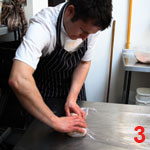
To wrap the chap it helps if there are two pairs of hands. When covering the meat with film, prick it with a pointed knife or fork so the film sticks tightly to the meat (4). Twist the ends. A Bath chap should be tapered.
Refrigerate it overnight. The gelatinous meat will set firm.
Slicing and searing
Cost per 75-80g slice about 40p six slices per chap
Cut a slice weighing about 75g and about 12mm thick (5). This is a very rich piece of meat suited only to small portions unless combined with other ingredients.
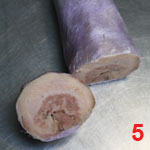
Heat 20ml oil in a frying pan until hot. Add the slice of chap, which should sizzle on contact with the pan. Turn after 2-3 minutes, when the surface will have finished caramelising. Fry for two more minutes (6).
Season lightly with salt and pepper.
Bath chaps with langoustines
Cost price about £2.70 sale price £8.50
Ingredients
(Serves one, as a starter)
20ml oil
1 slice Bath chap
2 banana shallots, braised
3 medium langoustine tails, cooked
1 heaped tbs butternut squash purée
Fleur de sel or Maldon salt
1tbs shellfish bisque foam
Pea shoots
Method
Heat the oil in a pan. Fry the Bath chap on both sides. Keep hot.
Place two shallots in the centre of the plate. Put the chap on top. Spoon the squash purée to one side. Arrange two shelled langoustine tails opposite.
Sprinkle salt on the chap. Decorate with the third whole langoustine and pea shoots. Finish with warm shellfish foam.
Garnish for Bath chaps
- Langoustines Two langoustine tails and one tail with carapace attached.
- Butternut squash purée Peel the butternut squash, boil or steam then season and blend with butter.
- Braised banana shallots Two per portion, peeled, seared in butter and braised in brown stock.
- Shellfish bisque foam Classic bisque with a scant teaspoonful of lecithin, ground in spice mill, dissolved in water or stock and blitzed.
Accompaniments
⢠2004 Leon Beyer Pinot Blanc, Alsace, France (Avery's, Bristol, www.averys.com) £8.92
â¢Â Thatcher's Vintage Cider, Somerset, England (www.thatcherscider.co.uk) £2.29
The same cut of pig's cheek is used to make the central Italian speciality, guanciale. Bone out the lower jaw raw. Rub it with a 50-50 mixture of coarse salt and light soft brown sugar (about 150g of each) mixed with thyme and crushed peppercorns. Put in a covered container with the salt for a week, refrigerated, rubbing in the salt-sugar each day. Air-dry for three weeks.
Photography by Lisa Barber (www.lisabarber.co.uk)




